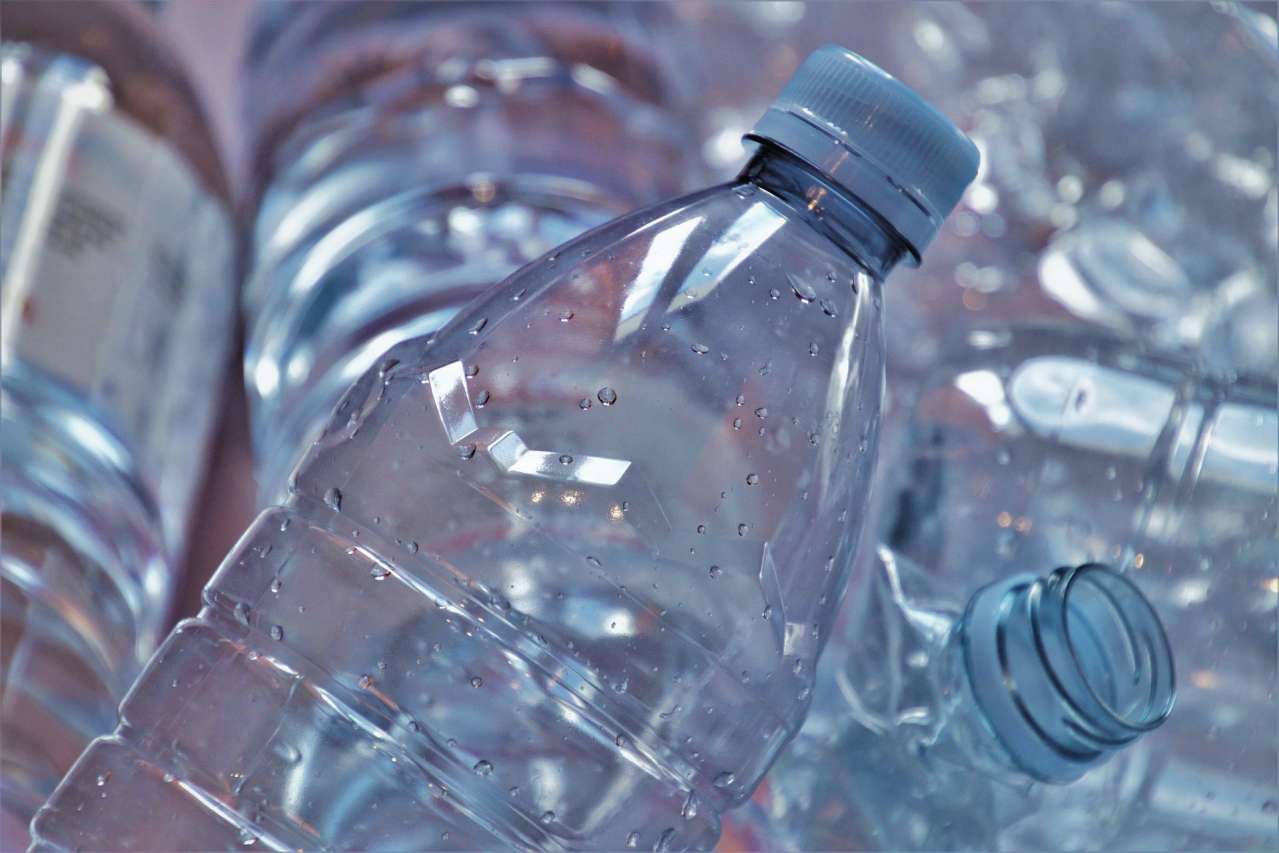Back in the 1990s, scientists noted that 80% of the plastic found in the ocean is not biodegradable. However, the term “microplastic” for plastic particles no larger than 5 millimeters was introduced by marine biologist Richard Thompson only in 2004.
The research data turned out to be increasingly frightening.
Scientists have found that every year we consume more than 70,000 pieces of microplastics that end up in food through packaging, industrial waste and food chains.
An analysis of the results of studies on the topic, which studied the content of microplastics in seafood, salt, sugar, honey, beer and water, allowed us to talk about only 39-52 thousand particles, but taking into account the amount of plastic that we breathe (in the air it is even more than in mollusks), gave a more ominous figure.

According to the same study, another 90 thousand pieces of microplastics enter the human body from drinking water per year.
It is worth noting that, in contact with alcohol, some types of plastic begin to disintegrate into individual components. If you've ever had to pour hard alcohol into a plastic cup designed for water - for example, whiskey from a duty-free shop on an airplane - you probably smelled a characteristic pungent smell. It appears when a volatile plastic monomer is released. which is toxic to the human body.
The easiest steps are to buy a glass water bottle and a reusable metal straw instead of disposables, and not use plastic packaging when it's not necessary (for example, many fruits have their own natural packaging).
Environmentalists and Eco-activists say that the more people who take such small steps, the better, despite the fact that all this may seem like something insignificant.
It can be concluded that plastic is dangerous not only for the environment, but also for human health. Although in the modern world contact with plastic is inevitable, it is still worth trying to reduce its use.












